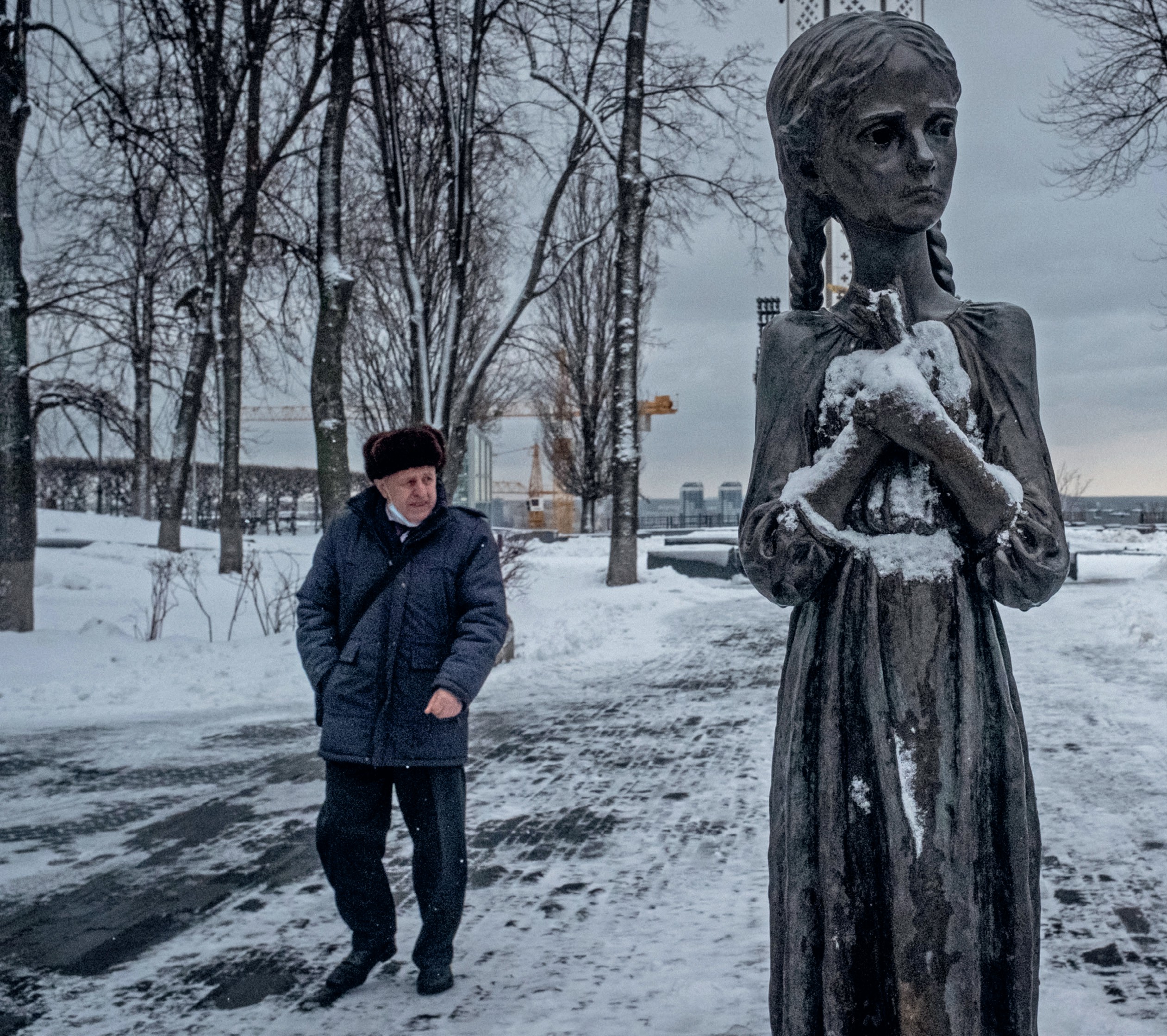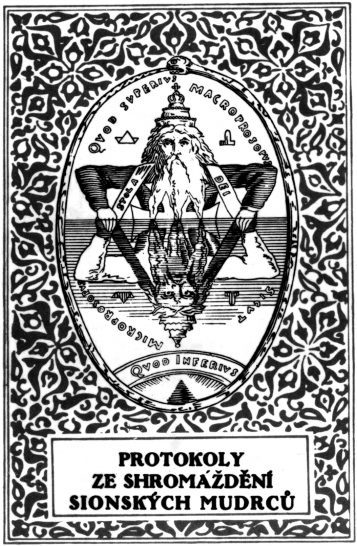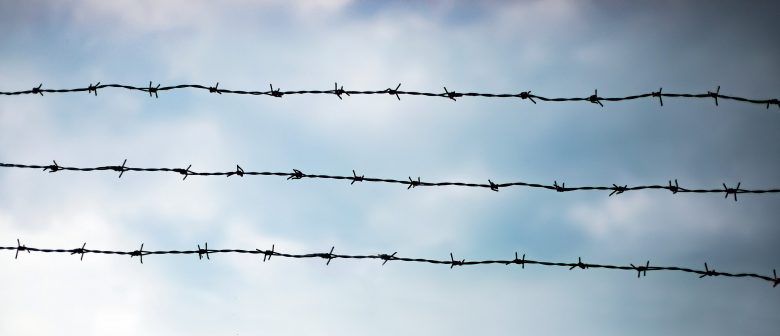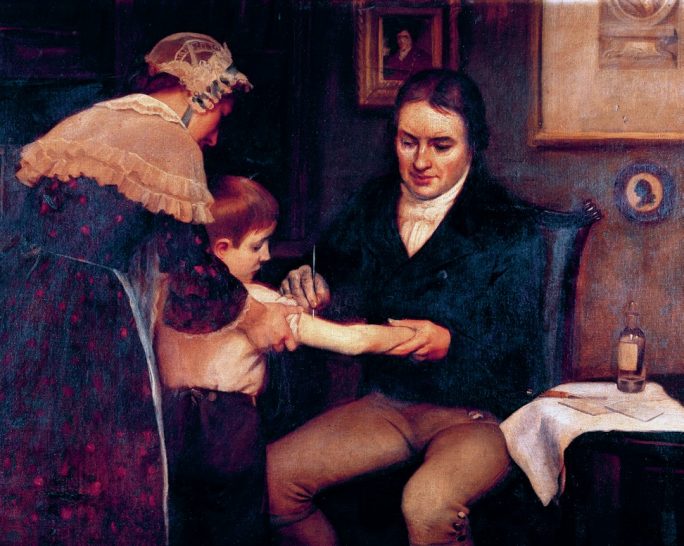The Russian attack on Ukraine
A historical background
The war in Ukraine is not just a response to the expansion of NATO or an attempt to reverse the disintegration of the Soviet Union. Some of the reasons lie in the more distant past. This article explores the historical roots
EXAM LINKS
AQA 1H Tsarist and Communist Russia, 1855–1964
AQA 2N Revolution and dictatorship: Russia, 1917–1953
Edexcel Paper 1, Option 1E Russia, 1917–91: from Lenin to Yeltsin
Edexcel Paper 2, Option 2C Russia in revolution, 1894–1924
Edexcel Paper 3, Option 38.1 The making of modern Russia, 1855–1991
OCR Y249/Y219 Russia 1894–1941
OCR Y318 Russia and its rulers, 1855–1964
WJEC Unit 3, Part 10 Changing leadership and society in Russia, c.1881-1989

commemorating the famine of the 1930s
The Russian President Vladimir Putin is partly right when he states that Ukraine and Russia have the same cultural roots. Russians, Belarusians and Ukrainians can all trace their origins back to the Kyivan Rus (or Kievan Rus, to use the Russian spelling).
The Kyivan Rus
The Kyivan Rus was a large and influential medieval principality, mostly inhabited by East Slavic tribes. It was founded in the ninth century by Viking warrior-traders on the banks of the Dnieper River and was part of the trade route from Scandinavia to Constantinople. In 988, Grand Prince Volodymyr of Kyiv and his East Slavic subjects were baptised. They took their form of Christianity from Byzantium rather than Rome and became part of the Orthodox Christian world.
With the arrival of troops of the Mongol Empire in the mid-thirteenth century, the land of the Kyivan Rus was broken up. The western and southwestern parts, which constitute most of the territory of today’s Ukraine and Belarus, were divided between the Grand Duchy of Lithuania and the Kingdom of Poland. Meanwhile, the northern and northeastern parts – the heartland of the later Russian state – remained under Mongol rule.
For the next 400 years, the Ukrainian lands partook of all the cultural and political developments of Europe while the Principality of Muscovy – later to become a grand principality and then Tsardom – was cut off for 200 years and then only reluctantly opened up. During this period the East Slavs developed into three distinct groups, with different political cultures, traditions and customs. In the mid-seventeenth century, Russian diplomats needed translators to understand the language spoken by Ukrainian Cossacks.
Reconquering
After the fall of the Mongol Empire in the fifteenth century, the rulers of Muscovy set themselves the task of reconquering the lands of the old Kyivan Rus. They justified interventions in the domestic affairs of neighbouring countries with the pretext that they were protecting Orthodox believers.
The grand dukes of Lithuania who were also kings of Poland were the main rivals of the tsars in Moscow for the heritage of the Kyivan Rus, but they were at a disadvantage compared to the tsars. They were Catholic, while the people living in the territories which make up today’s Ukraine and Belarus were Orthodox – like the rulers of Muscovy.
During the seventeenth and eighteenth centuries the Russian tsars and their allies managed to destroy the Polish–Lithuanian Commonwealth and annex about 90% of the territory of today’s Ukraine. The Tsardom of Muscovy became the Russian Empire and in 1914 most of Ukraine was part of this. The remaining 10% of the territory around Lviv and Chernivtsy were part of the Austrian-Hungarian Empire.
Ukraine: an ‘invented nation’?
There is a long tradition among the Russian political elite of opposing the very idea of the existence of a Ukrainian nation. Putin’s imperial predecessors believed that Great Russians, Ukrainians and Belarusians were three branches of the Russian people – in other words, that they are all essentially Russians. In the nineteenth century, Russian imperial authorities referred to Ukrainians as Little Russians and their language – called the Little Russian dialect – was considered a corrupted form of Russian. The imperial authorities fought the Ukrainian national movement and suppressed Ukrainian publications.
For Putin, the idea that Ukraine constitutes a nation is a nineteenth- and early twentieth-century invention dreamed up by Russia’s enemies at the time: the Poles, Austria-Hungary and the German Empire. In Putin’s view, these enemies encouraged the Ukrainian national movement in order to weaken Russia, a strategy which Putin considers is now being continued by ‘the West’ (the USA, NATO and the European Union).
The Ukrainian national movement
Many of these claims are incorrect. The Ukrainian national movement began in the Russian Empire in the first half of the nineteenth century, when secret societies sprang up all over Ukraine. At the end of the nineteenth century, the most famous Ukrainian historian Mykhailo Hrushevsky wrote a history of Ukraine-Rus which challenged the Russian master narrative of the Tsardom of Moscow and subsequently the Russian Empire as the legitimate and only heir of the Kyivan/Kievan Rus.
Hrushevsky and generations of Ukrainian historians after him saw the Ukrainian people as the true heirs of the Kyivan Rus, emphasising the continuity of the people living on its territory. Ukrainians and Belarusians consider themselves to be the descendants of those people and also lay claim to a share of the history of the Grand Duchy of Lithuania. Before its union with the Kingdom of Poland, the administrative language of Lithuania was Chancery Slavonic, a predecessor of today’s Belarusian language. Ukrainians view the Cossack hetmanate of Bohdan Khmelnytsky in the middle of the seventeenth century as the first attempt to create a genuinely Ukrainian state.
The Ukrainian Revolution
In another of his speeches, Putin implied that modern Ukraine was a creation of Lenin and the Bolsheviks. In essence, he is wrong but there are certain reasons why he made this statement. Between 1917 and 1920 Ukrainian politicians made several attempts to proclaim and defend an independent Ukrainian state. But the different Ukrainian governments found themselves between all fronts, caught up in the middle of the Russian civil war between counter-revolutionary White armies and the Red Army – both of which tried to prevent Ukraine from being independent. The nascent Ukrainian governments also had to fight against the territorial claims of the new state of Poland. All Ukrainian attempts at state building ended in failure and defeat, with Ukraine partitioned between Poland and Bolshevik Russia.
Orthodox Christian A form of Christianity coming from Byzantium and dominant in Russia, Belarus, Ukraine and in southeastern Europe.
Mongol Empire The largest land empire in history. It was founded in 1206 by Genghis Khan, temporarily stretching from the Pacific Ocean to the Mediterranean Sea.
NATO North Atlantic Treaty Organization, founded in 1949.
Principality of Muscovy Derived from the Latin ‘Moscovia’, this was the old name for Moscow, referring to the Principality, Grand Principality and finally Tsardom of Moscow, one of the successor states of the Kyivan Rus and a predecessor of the Russian Empire.
Mykhailo Hrushevsky (1866–1934) Statesman and important Ukrainian historian who wrote History of Ukraine-Rus in 10 volumes, published between 1895 and 1933.
Cossack hetmanate Short-lived Ukrainian Cossack state in today’s central Ukraine.
Polish–Lithuanian Commonwealth Political union of the Grand Duchy of Lithuania and the Kingdom of Poland, founded in 1569. It ended with the partitions of Poland between 1772 and 1795.
Great Russians One of the East Slavic people, today’s ethnic Russians.
Organisation of Ukrainian Nationalists Founded in 1929 in Vienna. It was an extremist nationalist organisation, using terrorism and violence to achieve Ukrainian statehood.

The Ukrainian Soviet Socialist Republic
The attitude of the Bolsheviks towards Ukraine was ambivalent but at least – in contrast to the Russian Empire – the Bolsheviks recognised Ukrainians as a separate nation. In 1919, Ukrainians were granted their own republic: the Ukrainian Soviet Socialist Republic, which in 1922 became one of the constituent republics of the Soviet Union. In the 1920s, the Soviet government promoted Ukrainian language and culture. This is where Putin’s statement about Ukraine as a creation of Lenin comes from.
The positive policy towards Ukrainian culture changed in the 1930s. For Stalin, the Ukrainian Bolsheviks running the republic had become too nationalistic and they were purged. Collectivisation and dekulakisation hit Ukraine hard, resulting in a famine in which 4–5 million people – most of them ethnic Ukrainians – perished. Today, many Ukrainian historians and politicians view the famine as an attempt to destroy the Ukrainian nation and regard it as genocide.
The Second World War
Another notion Putin also often uses to justify the recent Russian attack is the idea that Ukraine is ruled by fascists and that Ukrainian nationalism is intimately linked to national socialism. Again, this is wrong. The main attempts to build a state in 1918/19 were democratic, but there are reasons why the identification of Ukrainian nationalism with fascism has its proponents.
As a result of the German–Soviet treaty of August 1939, those areas of Ukraine which had formerly been part of Poland came under Soviet control. The Soviet invasion of Eastern Poland on 17 September 1939 led to mass arrests, deportations and executions. The radical wing of Ukrainian nationalism, the Organisation of Ukrainian Nationalists (OUN), became the strongest political grouping in this part of Ukraine. The OUN consisted of integral nationalists who had embraced fascism in the 1930s and early 1940s. In the summer of 1941, they participated in anti-Semitic pogroms and later fought against the Polish presence in western Ukraine, murdering tens of thousands of Polish villagers. These Ukrainian nationalists continued their fight against Sovietisation even after Germany had been driven out of Ukraine. Between 1944 and 1947 the Soviet authorities killed about 100,000 Ukrainians who were resisting Sovietisation, and many more were deported.
Especially in western Ukrainian society, members of the OUN are remembered, first and foremost, as anti-Soviet resistance fighters, while in Russia they are denounced as Nazis and German collaborators, but it is a blatant untruth to accuse Ukraine of being dominated by fascists. In parliamentary elections since 2014, no right-wing party in Ukraine has managed to get more than 5% of the vote.
The Soviet victory in the Second World War brought one big gain for modern Ukraine: it brought almost all ethnographically Ukrainian lands into the Ukrainian Soviet Socialist Republic. However, this united Ukraine was not an independent state but part of the repressive Soviet Union. After the war, more Russians moved to Ukraine as workers and administrators, and Russian culture and language permeated the country. This process of Russification has a long tradition but accelerated in the 1960s and 70s. It went so far that in the 1980s, Ukrainian culture and the Ukrainian language in central and eastern Ukraine were under severe threat.
Developments since 1991
For the Ukrainian nation, the collapse of the Soviet Union in 1991 was a blessing, but nevertheless it struggled after becoming an independent country. Corruption was widespread and a few oligarchs got richer, while the country continued to be dependent on Moscow.
Along with many members of the Russian political elite, Putin shares the view that it is not in the Russian interest to allow Ukraine to leave its sphere of influence. He would agree with the former adviser to the American president, Zbigniew Brzezinski, who once famously remarked that
‘without Ukraine, Russia ceases to be an empire, but with Ukraine suborned and then subordinated, Russia automatically becomes an empire.’
Putin and with him many Russians suffer from imperial phantom pain. They would like to either annex or re-establish Russian dominance over territories and people previously belonging to the Soviet Union. The alienation between Russians and Ukrainians is a result of Putin’s policies since 2014. He thought that the loss of Crimea and the war against pro-Russian rebels would destabilise Ukraine, that Ukrainians would be divided and eventually they would accept being ruled indirectly by Moscow. Contrary to such expectations, however, his aggression has led to much greater national unity in Ukraine.
Conclusion
Ukraine holds a special place in Putin’s thinking. There is a long tradition among the Russian political elite of opposing the very idea of the existence of a Ukrainian nation. Part of the Russian population never really came to terms with Ukraine becoming an independent country in 1991 and with Ukrainians considering themselves to be a separate nation. The Russian war against Ukraine is therefore not a war to increase Russia’s security. It is an imperialist war, a land grab, directed against the very existence of an independent Ukrainian state and nation.
QUESTIONS FOR DISCUSSION
1 Why does the Russian leadership not want to let go of Ukraine?
2 What role do different historical narratives play in the relationship between the Russian Federation and Ukraine?
3 What unites and what divides Ukrainians and Russians?
4 Why do you think Putin decided to attack Ukraine?
RESOURCES
Kappler, A. (2001), The Russian Empire: A Multi-ethnic History, Routledge. One of the first attempts to move away from an exclusively Russian-focused history of the Russian Empire.
Mick, C. (2022), ‘How Moscow has long used the historic Kyivan Rus state to justify expansionism’, The Conversation: https://tinyurl.com/bdh4w66t. Analyses the use of history by Russian rulers.
‘Russia’s War in Ukraine: Insights from RAND’: https://www.rand.org/latest/russia-ukraine.html. Running commentary and analysis of the war in Ukraine.
Snyder, T. (2004), The Reconstruction of Nations: Poland, Ukraine, Lithuania, Belarus, 1569–1999, Yale. Overview of the making of the Polish, Ukrainian, Lithuanian and Belarusian nations.
Yekelchyk, S. (2020), Ukraine: What Everyone Needs to Know, Oxford. Overview of recent Ukrainian history and the conflict with Russia before 2020.
EXAM FOCUS
Using this article in your exam
Christoph Mick’s article is very timely and relevant to anyone interested in current world affairs. It should also be useful if you are studying one of the most popular modern world history themes, namely Russia and its rulers from 1855 to 1964 (or even 1991 in some cases). The article has significance in showing:
■ the long-term cultural roots of the Russian and Ukrainian peoples (via the settlement of the Kyivan Rus)
■ how in the longer term Ukraine became part of a Russian empire
■ also how Ukraine gained independence. Thus, Mick clearly shows a pattern of change and continuity. Remember that this is one of the historical concepts tested in your exams
■ a comparison between Putin’s contemporary take on Ukraine’s status with ‘history’. This is an excellent example of how history can be used to debunk myths. However, all views still need to be handled with critical analysis
■ the misuse of key terms and labels such as fascism in evaluations of historical developments
Exam questions will not (at present) be set on the conflict in Ukraine, but this topic is central to an understanding of the emergence of the Russian empire, national movements and satellite states. A question relevant to these issues might be posed as follows:
To what extent was the First World War a turning point in the relationship between Russia and Ukraine in the period from 1855 to 1964?





